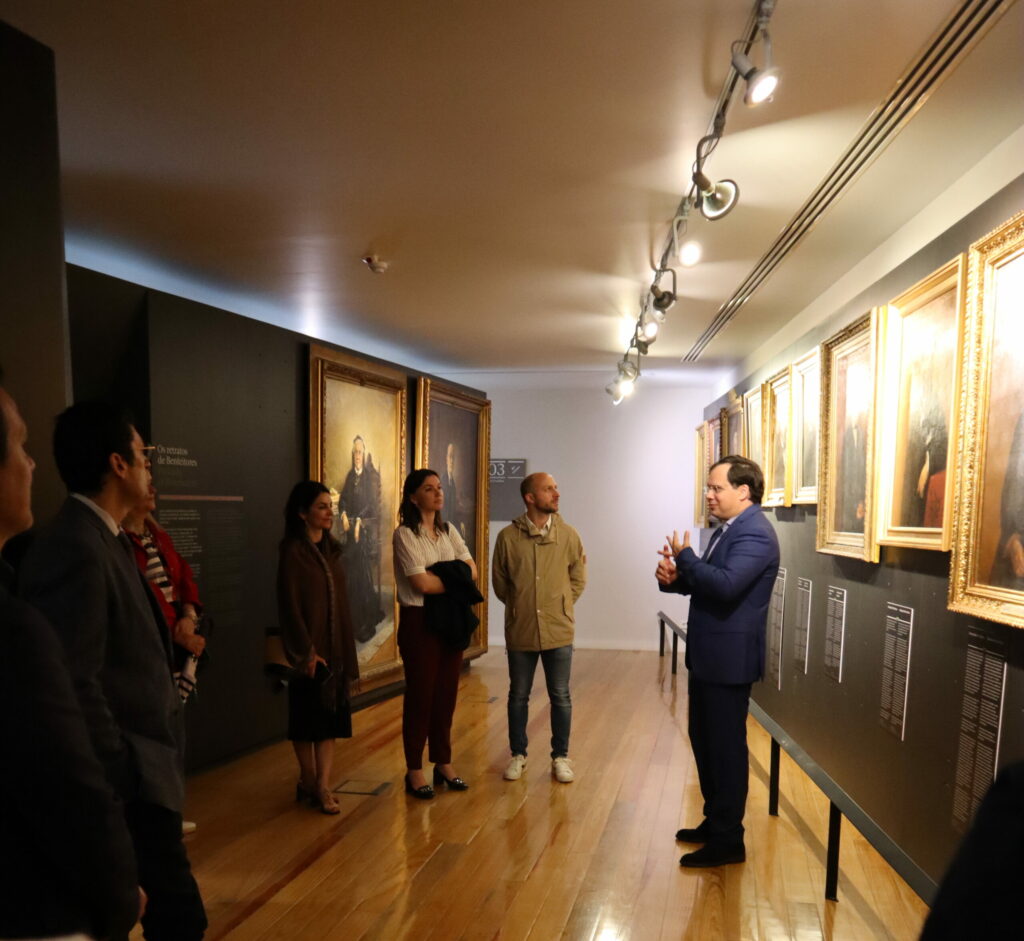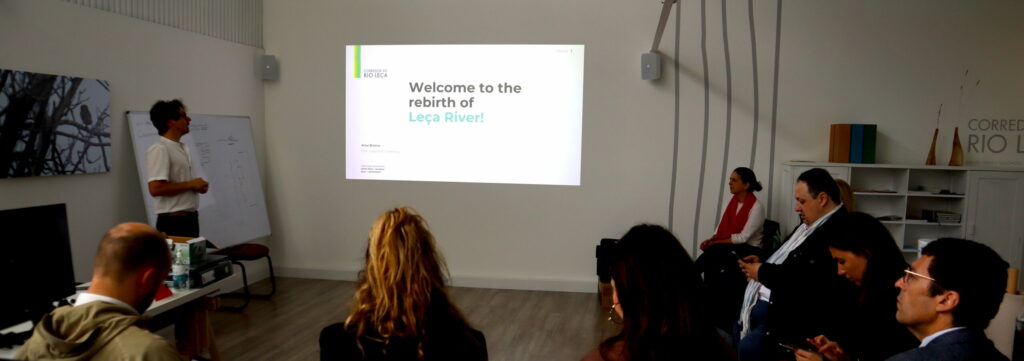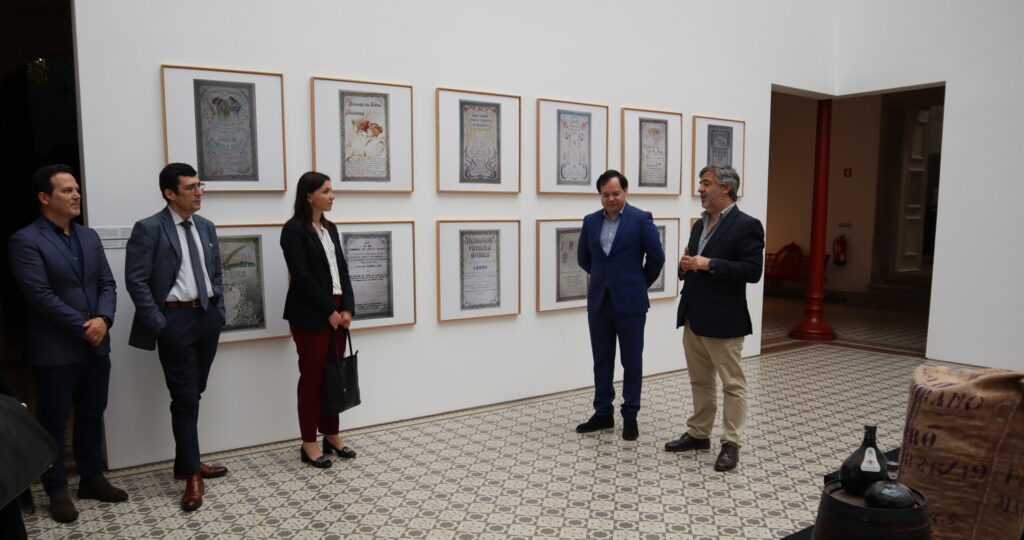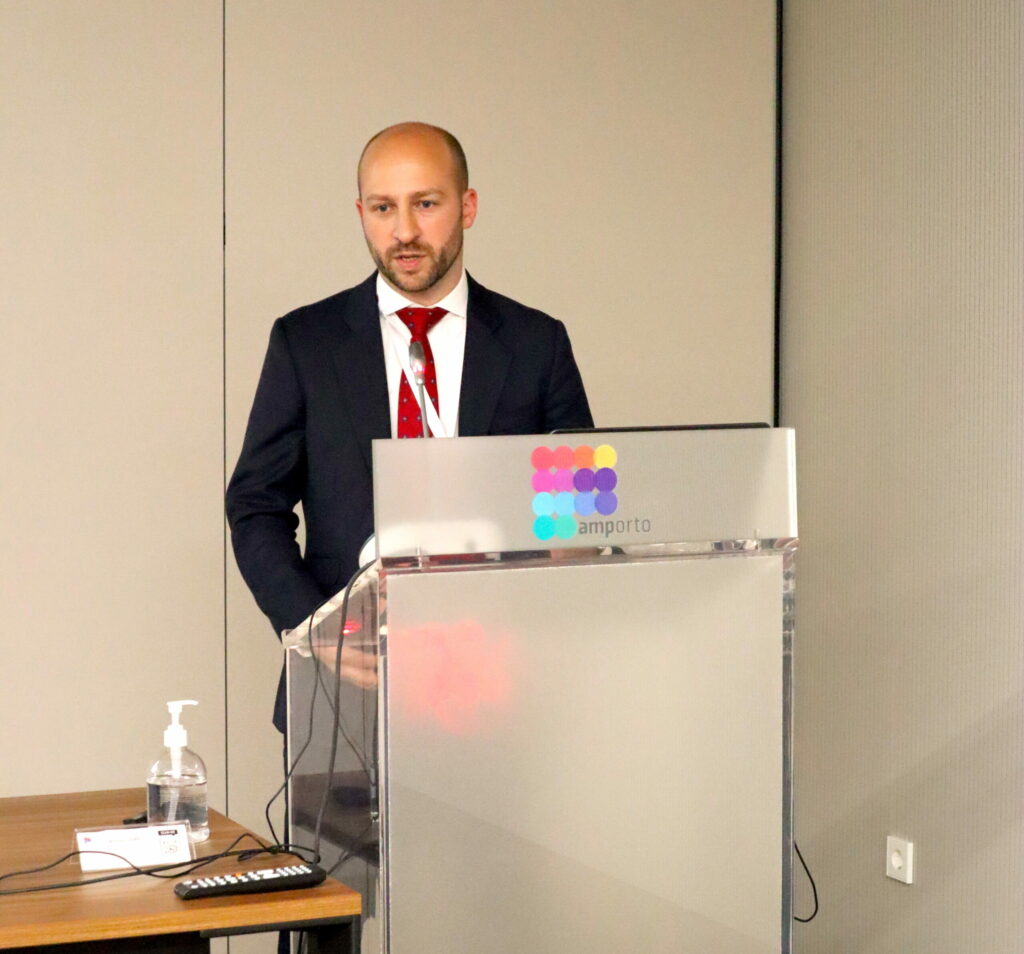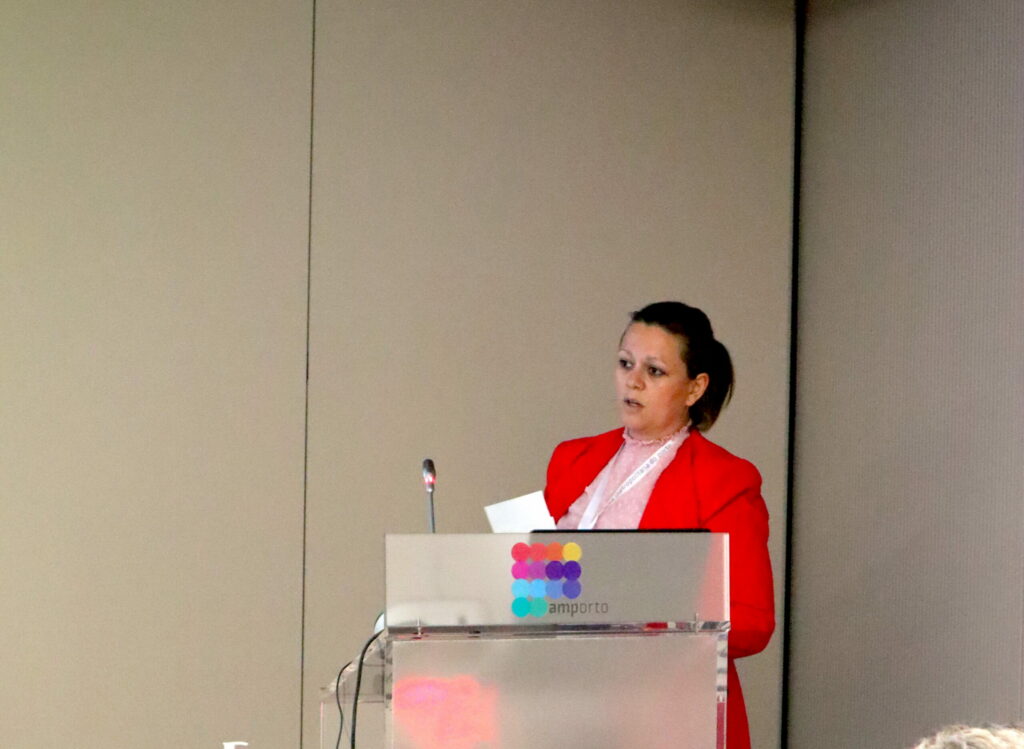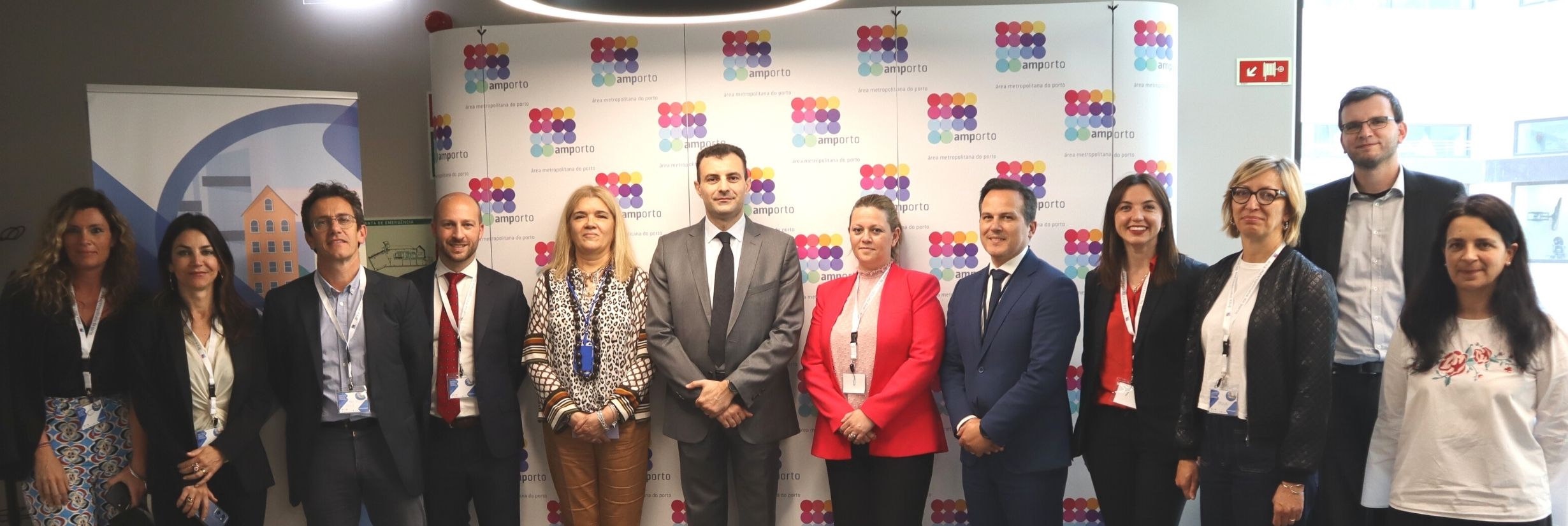On 7-8 of June, ALDA took part in the CAMELOT project event hosted by Porto Metropolitan Area, Portugal (AMP). During two-days meeting, partners shared experiences regarding the management of Integrated Territorial Investments (ITI)
The event started with the intervention of Manuel Pizarro, Member of the European Parliament, who presented the role of Integrated Territorial Investments in metropolitan areas, underlining the importance of local and regional governments in the functioning of the EU institutions.
António Cunha, President of the North Regional Coordination and Development Commission, presented the experience of his region in designing and negotiating the North 2030 Operational Programme which gather EU funding for the territory. According to him, and within the framework of implementation of a new legislation on decentralization in Portugal, ITI will gather stakeholders, the same vision of development.
Echoing Cunha’s presentation, Filipe Ferreira, Metropolitan Executive Officer Lisbon Metropolitan Area (AML) and Vicente Pinto, Metropolitan Executive Officer AMP presented the results of the 2020 Strategies as well as their expectations for 2030 ones.
Similarly, participants from the Metropolitan Area of Barcelona, the Metropolitan City of Milan, the Metropolitan City of Bari, the City of Zagreb, the Stuttgart Region and the Craiova municipality presented their experience in managing ITI as well as their concerns regarding the trend toward centralization of EU funding. ALDA invited the participants to join its working group on Local Democracy, advocating for necessary evolutions of ITI management modalities and to deepen the involvement of citizens in the development and implementation Integrated Territorial Investments funded projects.
ALDA advocates for necessary evolutions of ITI management modalities and to deepen the involvement of citizens in the development and implementation of Integrated Territorial Investments funded projects
On Wednesday 8 June, the second day of the meeting, the group visited the Leça’s Green Corridor project. The 29-mile-long River Leça springs in Santo Tirso, at an altitude of 475 m, and flows into the sea in Matosinhos. For several decades, it was considered one of the most polluted rivers in Europe. In 2016, the four municipalities through which the river flows – Matosinhos, Maia, Valongo and Santo Tirso – joined forces and began working on the consolidation, strategy and definition of a plan for the Leça Corridor, at an early stage within the Porto Metropolitan Area, and then by themselves.
These municipalities presented “Leça’s Green Corridor”, an environmental and mobility project, with strong cultural, economic, touristic and social character, which will allow the landscape and environmental improvement of the River Leça and its banks, while contributing to territorial cohesion, connecting coastline and inland through a specific channel dedicated to soft transport modes.
In addition to that, the project foresees the construction of a pedestrian and cycling path, creating a mobility alternative on foot and by bicycle for daily travel among the surrounding areas. “Leça’s Green Corridor” will be the first step towards the river’s full depollution and the amelioration of the river banks’ landscape, transforming them into leisure areas. The improvement and revitalization process has already begun, supported by European Community funds through the Urban Development Strategy Plans (PEDUS) of the municipalities involved.
Finally, partners gathered in the Church and Museum of Porto’s Misericórdia (MMIPO). Located in Porto’s historical centre’s Rua das Flores, in the building that headquartered the institution from the mid- sixteenth century to 2013. Over the centuries, the building has undergone several changes, the most recent being its adaptation for museum functions. The Museum has the double goal of spreading Porto’s Santa Casa da Misericórdia’s history and its institutional purposes, and of displaying its art collections, by providing a set of resources representing the memory and identity of this organisation, and projecting it into the future. A visit to the Museum is also an opportunity to learn more about the past and present of this area of the city.
***
***
